The development of babies is a remarkable journey marked by various milestones, and one of the most intriguing is the concept of object permanence. Understanding this cognitive milestone is important for parents and caregivers. This article will look into object permanence for babies, exploring what it is, when it develops, and how it impacts a child’s development.
The world through a baby’s eyes is a fascinating world of discovery, and among the cognitive milestones they encounter is the concept of “object permanence.” This principle, first outlined by Swiss psychologist Jean Piaget, refers to a child’s realisation that objects continue to exist even when out of sight. This article looks into the stages of this understanding and its significance in cognitive development. It also explores the ways babies grasp this foundational idea. This understanding lays the groundwork for memory, anticipation, and a deeper awareness of the world around them.
1. What is Object Permanence?
a. Definition
Object permanence is the understanding that objects and people continue to exist even when out of sight. It is a crucial cognitive milestone that significantly shifts a baby’s perception of the world around them.
b. Jean Piaget’s Theory
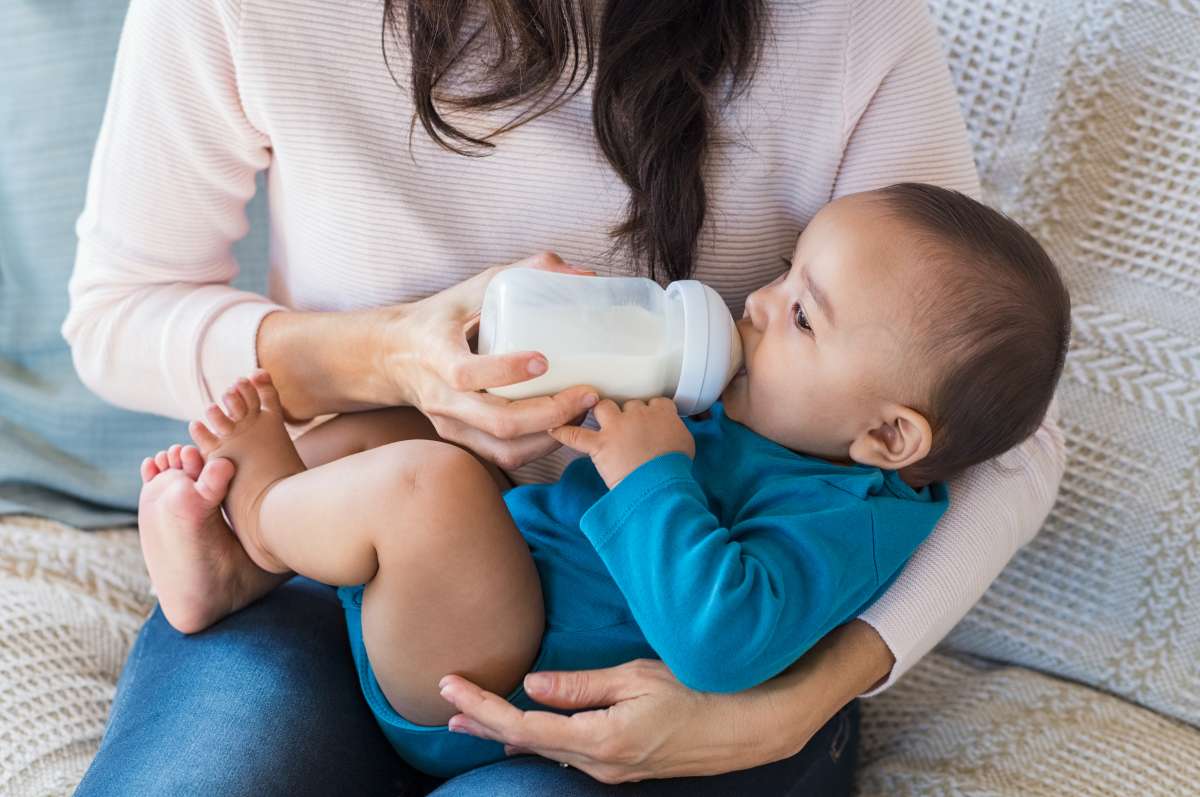
Swiss psychologist Jean Piaget is well-known for his work on cognitive development in children. He introduced the concept of object permanence as a fundamental part of his theory on infant cognition.
2. When Does Object Permanence Develop?
a. Early Stages
In the early months of life, infants lack object permanence. They believe that objects and people cease to exist when they are not within their immediate sensory perception.
b. Around 6-8 Months
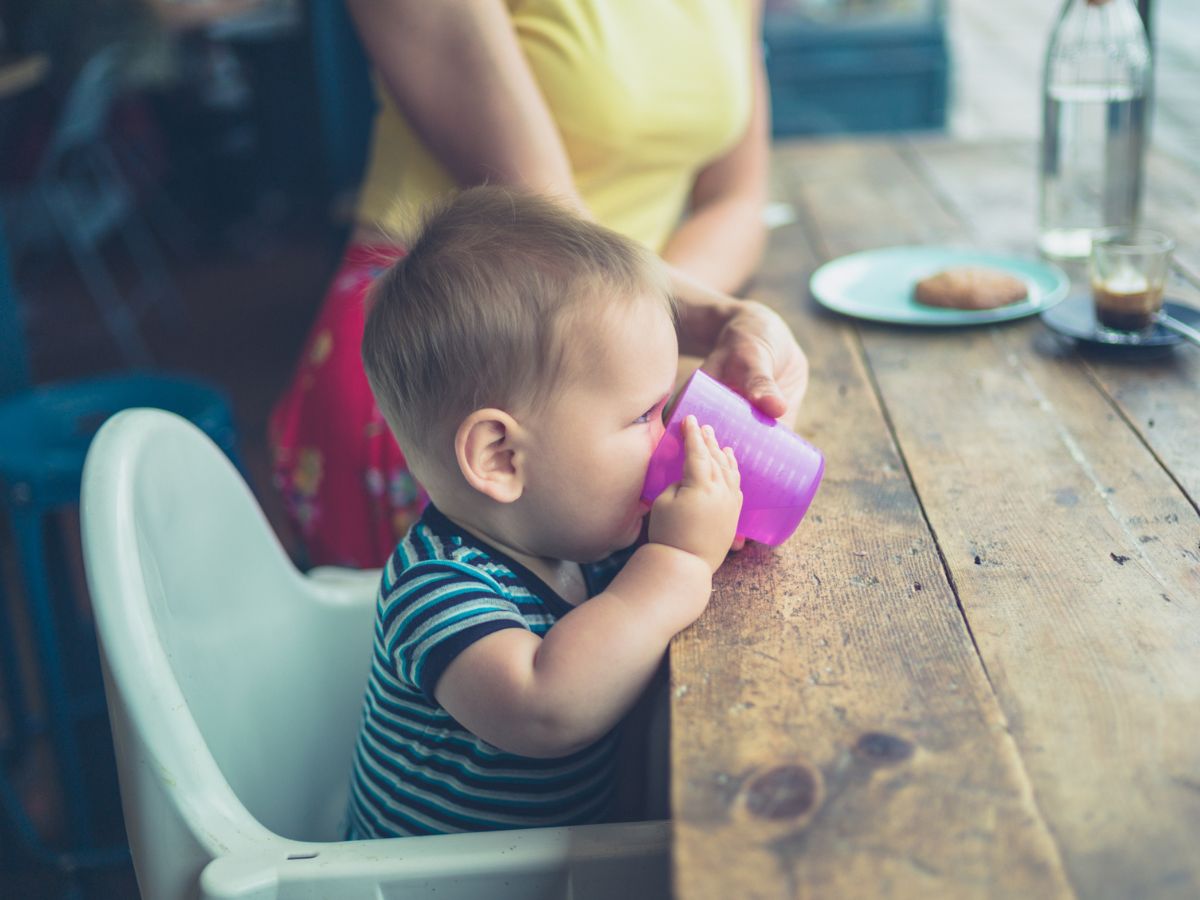
Around 6 to 8 months of age, most babies begin to develop object permanence. This is when they realize that objects exist even when they cannot see them.
c. Piaget’s Stages
Piaget proposed that object permanence typically emerges during the sensorimotor stage. This stage spans from birth to about 2 years of age. During this time, babies gradually develop their understanding of object permanence.
3. Signs of Developing Object Permanence
a. Searching for Hidden Objects
A clear sign that a baby is developing object permanence is when they actively search for a hidden object. For example, if you hide a toy under a blanket, they will try to uncover it.
b. Playing Peekaboo

Playing peekaboo with a baby is not just a fun game; it is an early exercise in object permanence. Babies anticipate your return even when you momentarily hide your face.
c. Separation Anxiety
As object permanence develops, babies may also experience separation anxiety. They understand that you have not disappeared when you leave the room; you are just out of sight.
4. Implications for Child Development
a. Cognitive Development
Object permanence is a significant milestone in cognitive development. It lays the foundation for more complex thinking, problem-solving, and memory skills.
b. Emotional Development
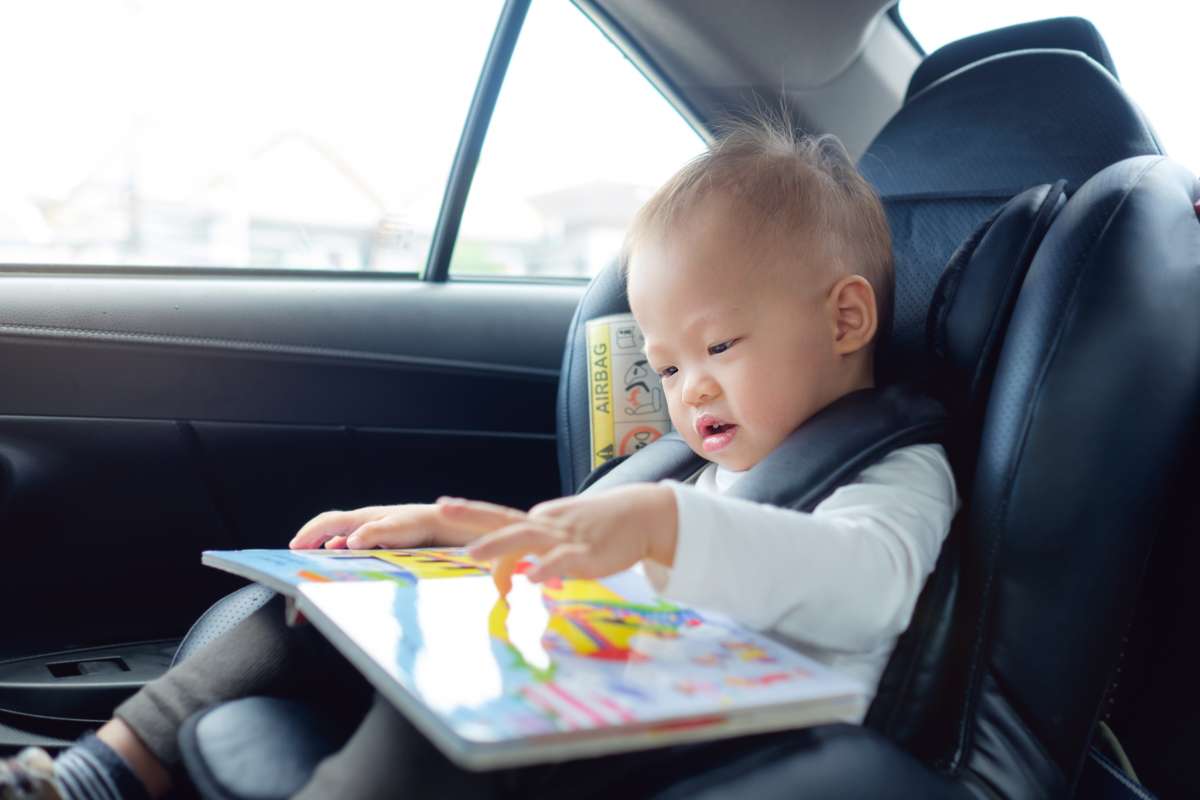
The development of object permanence can also impact a child’s emotional development. It helps them understand and cope with separations from caregivers.
c. Language Development
As babies grasp the concept of object permanence, it can contribute to their language development. They can better communicate their needs and desires as they understand that objects and people have permanence.
5. Nurturing Object Permanence
a. Encourage Exploration
Provide your baby with opportunities for exploration and discovery. Offer age-appropriate toys and games that involve hiding and revealing objects.
b. Maintain Consistency
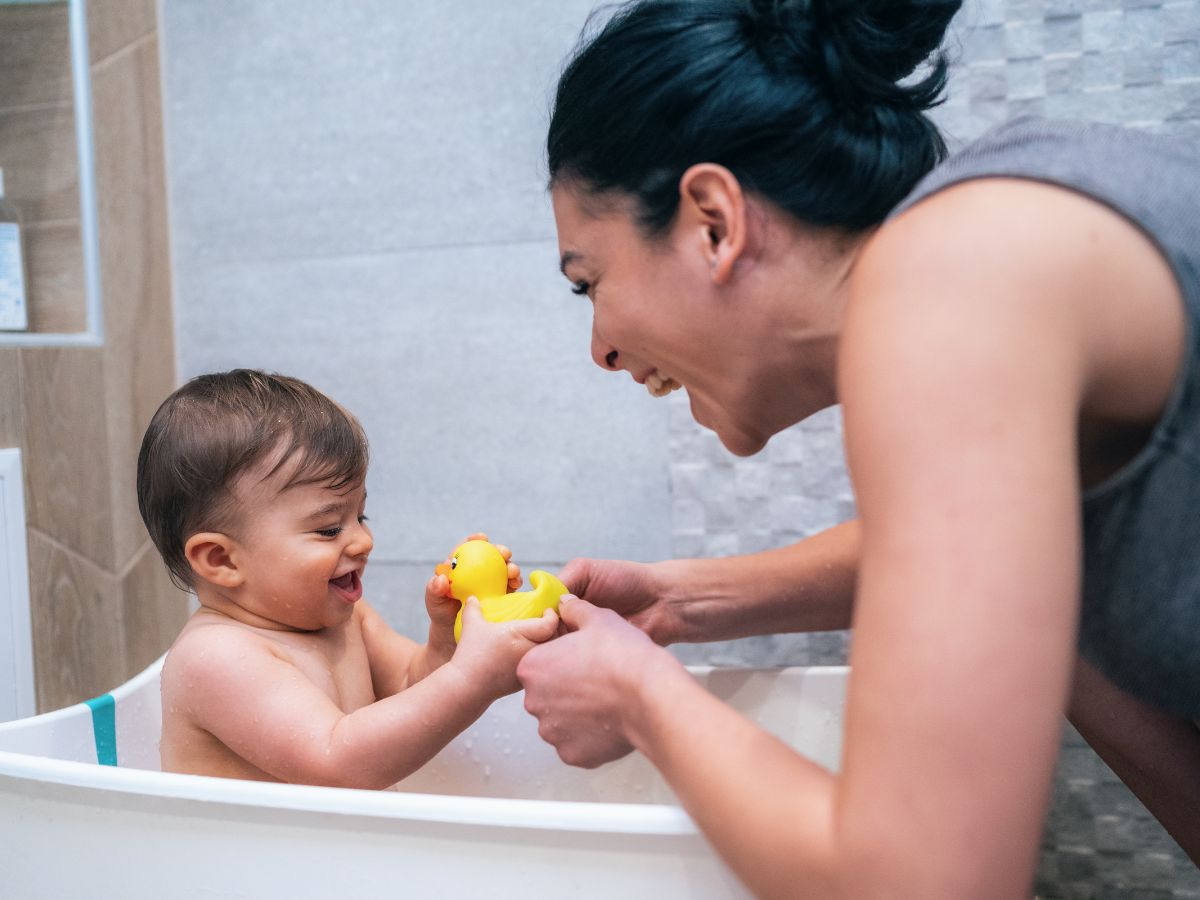
Consistency is key in reinforcing object permanence. Follow consistent routines so your baby can predict when you will return if you leave the room.
c. Offer Reassurance
When your baby experiences separation anxiety, offer reassurance and comfort. Let them know you will always return.
6. Myths and Misconceptions
a. Object Permanence is Automatic
Some parents may assume that object permanence develops automatically. However, it is a gradual process that unfolds at its own pace in each child.
b. Lack of Object Permanence Equals Forgetfulness
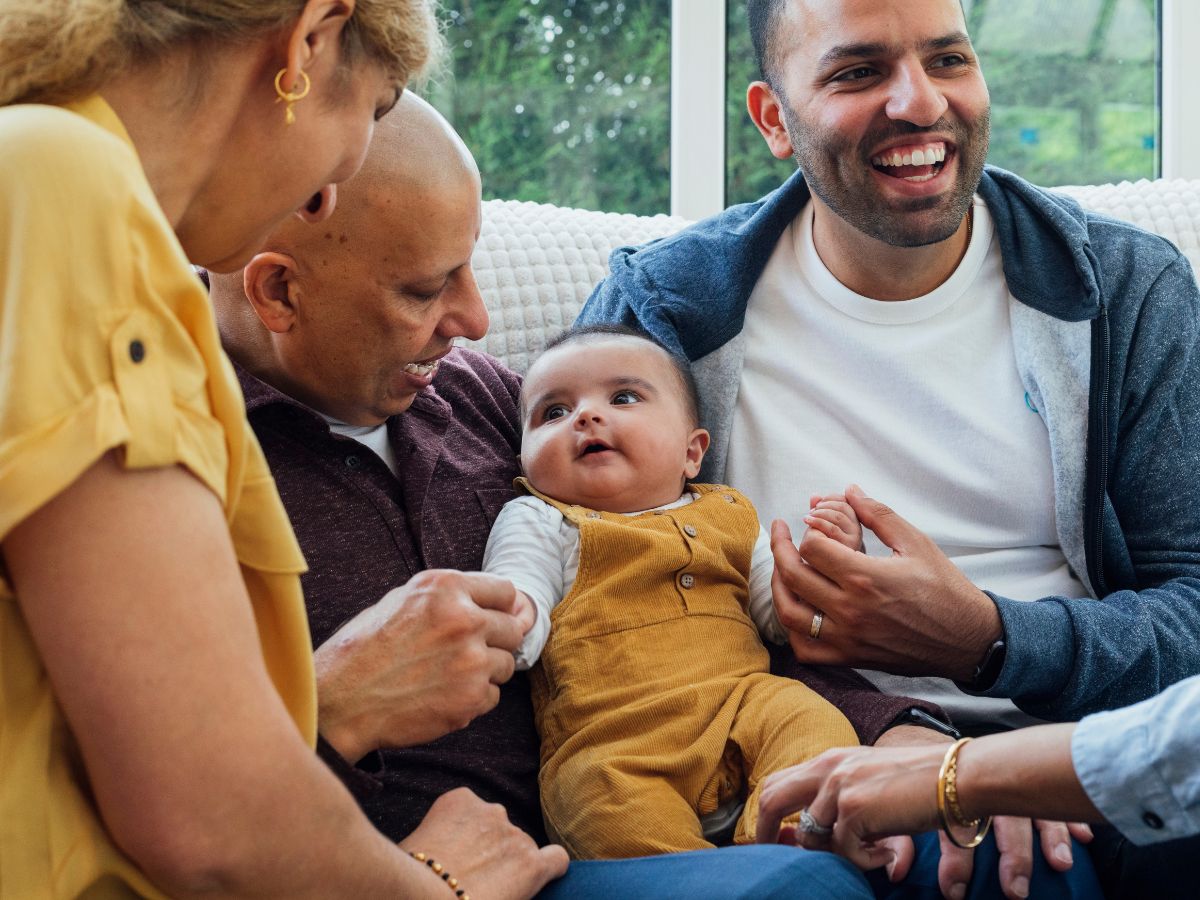
It is essential to differentiate between a lack of object permanence and forgetfulness. Babies without object permanence are not forgetting; they do not grasp the concept of things existing out of sight.
Understanding object permanence for babies is important for parents and caregivers. It highlights the infants’ cognitive and emotional development and provides insights into how to nurture this essential milestone. As babies transition from a world of sensory perception to one where objects exist even when out of sight, they embark on a journey of discovery. A fundamental aspect of early childhood parenting is nurturing this development with patience and care.
